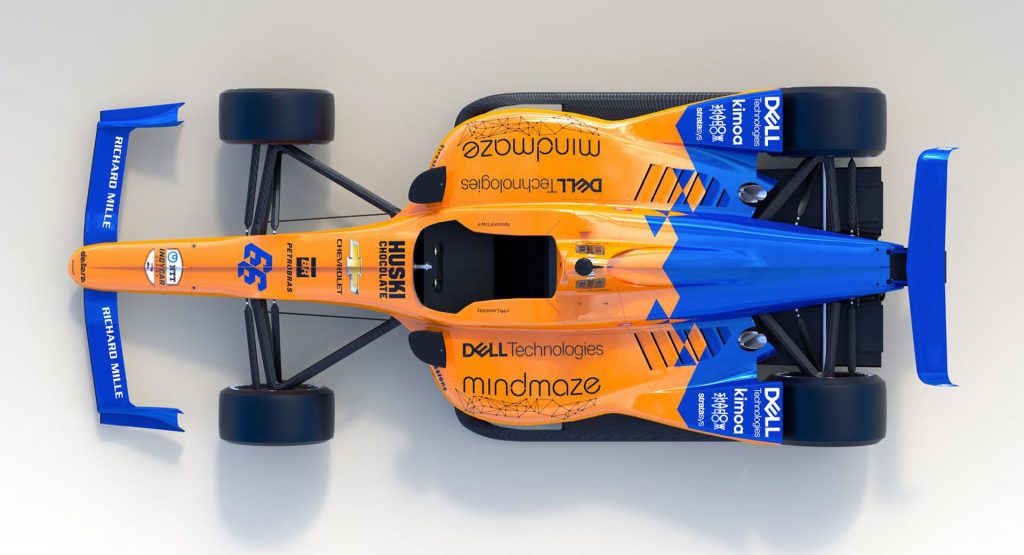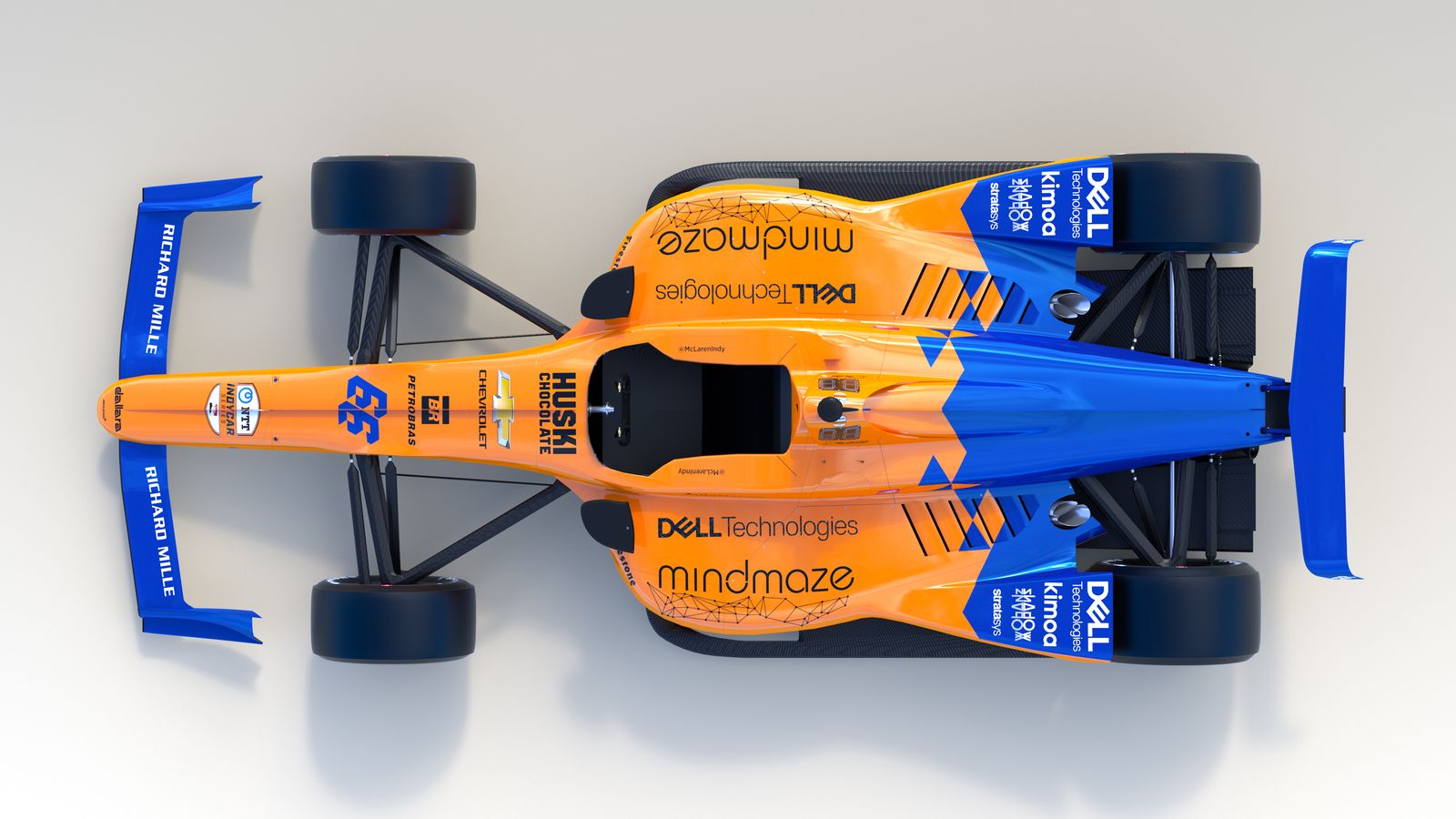McLaren chief executive Zak Brown has detailed the various mistakes made by the British outfit which saw Fernando Alonso spectacularly fail to qualify for this weekend’s Indy 500.
A report from the Associated Press published earlier this week explained how McLaren’s Indy plans quickly unraveled and why the team was never able to recover. Brown confirmed the details of the story while speaking to the media ahead of the Monaco Grand Prix on Sunday.
For starters, McLaren didn’t have a steering wheel when they showed up for the first test. Brown claims that the company was making its own steering wheel for Alonso’s car but failed to finish it in time, forcing the businessman to pull some favors and get a steering wheel from Carlin.
“It’s not like we unpacked the bags and we forgot a steering wheel, that’s not what happened. Everything in there, I thought it was important. I share what happened. It’s tough, because I know it opens yourself up for a lot of criticism, but when you don’t perform, I think a good CEO stands up and takes accountability and responsibility for it,” Brown said.
Also Read: Fernando Alonso Rejoins McLaren As Racing Ambassador
In addition, Brown confirmed that the team’s Indy 500 car was painted in the wrong shade of orange and the spare car was taken to Carlin’s factory to be re-sprayed. Alonso crashed the team’s first car during testing and because the spare was being repainted, it was not ready, costing the team two days of track time, ESPN reports.
What’s more, there was a mistake converting inches to the metric system used by McLaren, meaning Alonso’s car was scraping along the track during his first lap after his high-speed accident. Things only went downhill from there, and prior to the ‘Bump Day’ shootout for the final three grid places, the team gave the car the incorrect gear ratios meaning it was set for a 227.9 mph (366.76 km/h) top speed when it could actually hit 229 mph (368.54 km/h).
“It was a variety of errors, and then it becomes a snowball effect. So when you’re not prepared in Texas, you never really recover from that. You can look at each individual mistake and kind of critique it, but you can actually point to the mistake before as the cause of the mistake before that,” Brown said.













